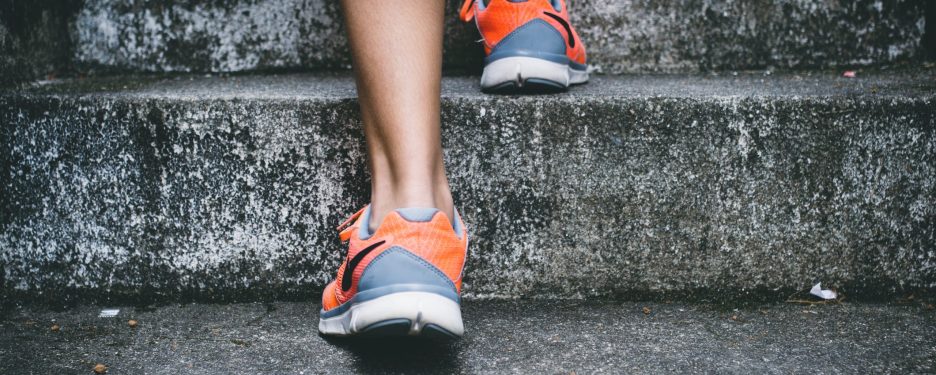Title: Functional Movements in Everyday Life: Enhancing Your Physical Abilities
Exercise doesn't have to be a chore . Time is precious and finding time for exercise can be an additional stress in life. So exercising when you are going about your daily activity can help you develop achievable routines. From bending and lifting to reaching and twisting, these movements involve multiple muscle groups working together to accomplish various tasks. In this post, we will explore the importance of functional movements in everyday life and how incorporating them into your routine can enhance your physical abilities and overall well-being.
- Squatting: Squatting is a fundamental functional movement that mimics actions like sitting down and standing up. It engages the muscles of the lower body, including the quadriceps, glutes, and hamstrings. Incorporate squats into your routine by squatting to pick up objects from the floor, gardening, or performing bodyweight squats when boiling a kettle or cleaning your teeth. This movement improves leg strength, joint mobility, and overall stability.
- Lifting and Carrying: Lifting and carrying objects are everyday tasks that involve various muscle groups. Whether it's lifting shopping, a suitcase, or a child, proper form is crucial to prevent injury. Engage your leg and core muscles, maintain a neutral spine, and use your leg strength to lift rather than relying solely on your back. Practicing proper lifting techniques enhances overall strength and reduces the risk of strain.
- Pushing and Pulling: Pushing and pulling motions are integral to many activities in our daily lives. Pushing a shopping trolley, opening a door, or pulling a heavy suitcase require coordinated effort from the upper body muscles, including the chest, shoulders, and back.
- Reaching and Twisting: Reaching and twisting movements are involved in tasks such as grabbing something from a high shelf or rotating your body to look behind you. These movements engage the muscles of the shoulders, core, and hips.
- Walking and Running: Walking and running are natural movements that form the basis of human movement. They engage multiple muscle groups, including the legs, glutes, and core, while promoting cardiovascular fitness. Incorporate brisk walking or jogging into your daily routine to improve endurance, strengthen leg muscles, and enhance overall functional fitness.
- Balancing: Maintaining balance is vital for everyday activities and preventing falls. Simple activities like standing on one leg, practicing yoga, strengthen the muscles responsible for balance. You can do theses balance exercises when cleaning your teeth, or waiting for the kettle to boil. Incorporating balance exercises into your routine helps improve stability, coordination, and confidence in performing daily tasks.

